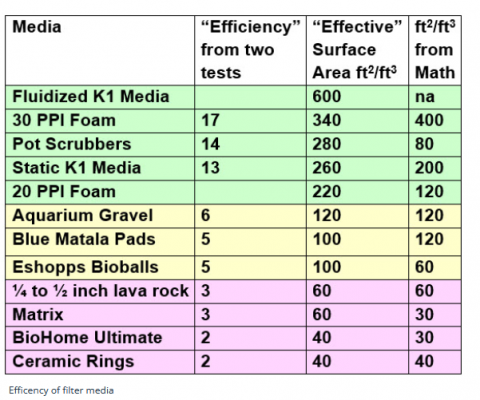- Joined
- Dec 28, 2016
- Messages
- 22,848
- Reaction score
- 21,982
Lets say a person took biospira and added lets say sugar (no ammonia). Another had Sugar water only, And another vial had biospira and ammonia - and let them grow for 4 days- that would be one way (after sending the samples to aquabiomics) - to decide whether its heterotrophs as compared to nitrifying bacteria doing the 'work' on the film. I suppose another way would be to somehow 'culture' biospira - on a slide and merely send the sample to Aquabiomics. Pseudomonas, which is a rapid growing ammonia using bacteria - also grows in a biofilm (it can live in betadine solution as well).I don’t have an informed opinion on how long nitrifying bacteria can live without ammonia. I have seen a death rate estimate of 1% per day. There is nothing like first hand experience. So yeah, feed your starving nitrifyers.
You did not miss the control discussion but a good topic to cover.
Starting an aquarium without adding bottled bacteria is possible. The time frame for achieving high nitrification rates is on the order of weeks, possibly longer if starting with Instant Ocean with 0.5 ppm total ammonia. So the observed high activity after four days is most likely from the BioSpira. This seemed like a good enough reason to skip a control. But, the lack of control could weaken any statement that BioSpira settled here or there because maybe the observed activity was already there. We will keep in mind these weak points in the experiment design when it is time to draw conclusions.
Definitely would be a nice touch to bring in modern technology. Just like remembering the weak points of the experiment design when drawing conclusions, let’s discuss how AquaBiomics might untangle any mysteries we discover in the results.
Thanks for your support.
For example in Sixty_reefer's experiment - he had a huge bacterial bloom after scrubbing (which to me suggested heterotrophs - I'm assuming you haven't had that.





















